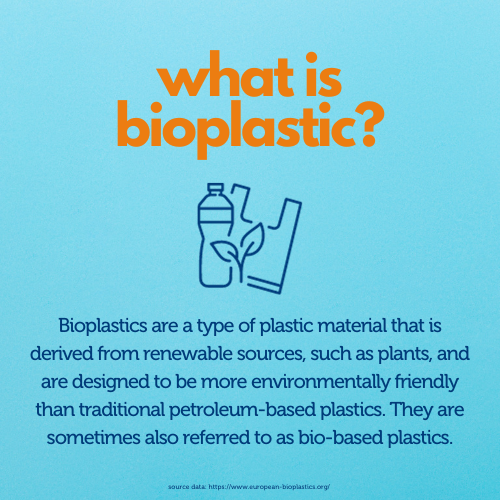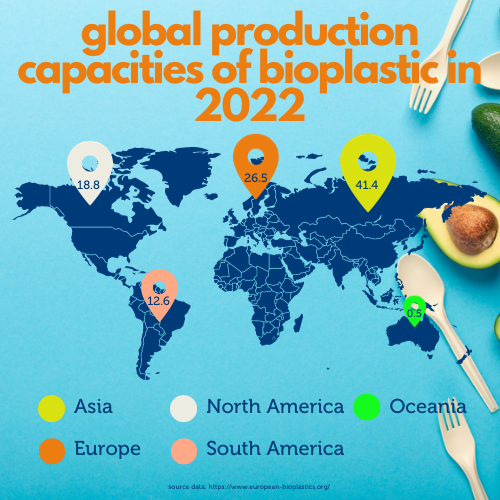Analysis and Studies - Products analysis
Bioplastics: an overview of the market
September 14th 2023
Bioplastics are a type of plastic material that is derived from renewable sources, such as plants, and are designed to be more environmentally friendly than traditional petroleum-based plastics. They are sometimes also referred to as bio-based plastics.
 In recent data, it has become evident that the bioplastics sector is on the cusp of remarkable expansion. Despite currently representing less than 1% of the massive annual global plastic production, the bioplastics industry is on a trajectory that promises significant transformation.
In recent data, it has become evident that the bioplastics sector is on the cusp of remarkable expansion. Despite currently representing less than 1% of the massive annual global plastic production, the bioplastics industry is on a trajectory that promises significant transformation.
The backdrop of this surge in growth is an industry that faced stagnation in 2020, largely due to the disruptions wrought by the COVID-19 pandemic. However, the resilience and adaptability of this sector have shone through, as demonstrated by the resurgence that began in 2021. This revival is propelled by a combination of factors, including heightened consumer demand, as well as the emergence of increasingly sophisticated applications and products within the bioplastics realm.
 The standout revelation from the latest market data is the striking projection of bioplastics production capacities. At present, global production stands at approximately 2.2 million tons in 2022. However, if current trends persist, this figure is poised to soar to an impressive 6.3 million tons by the year 2027.
The standout revelation from the latest market data is the striking projection of bioplastics production capacities. At present, global production stands at approximately 2.2 million tons in 2022. However, if current trends persist, this figure is poised to soar to an impressive 6.3 million tons by the year 2027.
Bioplastics are proving their versatility by infiltrating an ever-expanding array of markets. While packaging retains its dominant position, accounting for a substantial 48% share, or nearly 1.1 million tons, of the bioplastics market in 2022, other sectors are also being invigorated by these sustainable materials. Bioplastics are finding applications in diverse industries, including catering products, consumer electronics, automotive manufacturing, agriculture and horticulture, toys, textiles, and beyond. Notably, as the portfolio of applications diversifies, segments such as automotive and transport, as well as building and construction, are gaining momentum, with increased production capacities aimed at functional polymers.
 In terms of regional capacity development, Asia has emerged as a powerhouse in bioplastics production, currently contributing over 41% to the global output. Meanwhile, Europe currently accounts for just over a quarter of production capacity. However, projections paint a dynamic picture for the years ahead, with Europe's share, alongside that of other global regions, expected to experience a notable decline. In stark contrast, Asia's production capacities are set to surge dramatically, potentially reaching nearly 63% of the global market by the year 2027.
In terms of regional capacity development, Asia has emerged as a powerhouse in bioplastics production, currently contributing over 41% to the global output. Meanwhile, Europe currently accounts for just over a quarter of production capacity. However, projections paint a dynamic picture for the years ahead, with Europe's share, alongside that of other global regions, expected to experience a notable decline. In stark contrast, Asia's production capacities are set to surge dramatically, potentially reaching nearly 63% of the global market by the year 2027.
In conclusion, the bioplastics industry is in the midst of a transformational phase, characterized by burgeoning demand, innovations, and an increasing emphasis on sustainability. Although bioplastics presently constitute a modest fraction of global plastic production, their burgeoning presence and projected growth point to a promising future. With Asia's ascendant role in this evolving landscape, the bioplastics sector is poised to play a pivotal role in mitigating the environmental impacts associated with traditional plastics.
